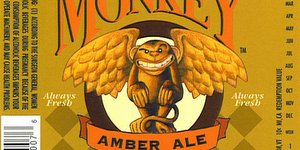
After all of the fine-tuning of recipes, chemistry and brew process production, it all might be for naught if a beer’s label leaves the buying public feeling flat. Let’s break down some of the label options and crucial decision points for brewer’s looking to make their brand pop.
The labeling world for brewers divides, for the most part, into two specific categories: cut and stack and pressure sensitive. Cut and stack labels are typically less expensive to purchase than pressure sensitive labels, but the overall value proposition is more complicated, as the overall production and application process for cut and stack paper labels create other costs. There are design implications as well.
“You will see differences in label quality when a brewer uses a specialty paper or coating on their label,” said Gwen Chapdelaine, marketing director for Fort Dearborn Company. “A brewer may also choose to use a pressure sensitive label instead of the traditional cut and stack paper label, which can give an upscale look and feel to the product.”
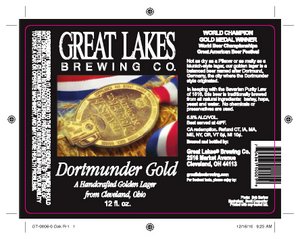
According to numbers from Oak Printing Co., the market breakdown is 70 percent cut and stack and 30 percent pressure sensitive among breweries. From the perspective of Jack Wright, president of Atlas Labels and Packaging, brewers have a tendency to lean toward paper labels because they carry that lower cost, but “after we explain the label cost, size and material restrictions, they go to pressure sensitive labels.” Atlas works with more than 500 craft brewers and of the start-ups he works with, about 90 percent go with pressure sensitive.
“The [cut and stack] paper labels are typically about one-third the cost of pressure sensitive but are normally restricted to the size of the die plate on the equipment and can’t be laminated,” he said. A pressure sensitive label also comes self-adhering where cut and stack labels require glue.
Historically, the printing process for such a label was too technical for the cost/benefit analysis to make sense, but the improvements in digital printing quality have made the pressure sensitive choice almost a no-brainer for craft brewers, especially those on a budget or with a small operational staff. Mike Lane, chief executive officer with Lofton Label, put the cut off at about 5,000 ft of material. If you print more than that, flexographic printing makes the most sense; if you print below that, digital costs are superior.
“Digital printing offers the ability to produce high-quality labels — electro-static printing on very high-quality equipment — and you can run a smaller quantity of labels,” he said. “In digital you can design labels to whatever you want and you don’t have to compromise your design.”
Lofton recently invested in the HP Indigo printing press, which has opened up the digital printing possibilities for the company. Oak Printing recently gained G7 certification, which means the company has added the most modern technology, techniques and process controls and standards required to produce high-quality repeatable printing. Rob Stevens, vice president of sales for Oak Printing, said the G7 certification was necessary for integration of “spotless technology” into its prepress and printing workflow, which helps to reproduce spot colors with greater accuracy while using a common seven-color process set as opposed to using special inks for each color match. Wright said Atlas could produce small quantities like 2,500 total with four or five varieties of beer in that total. Additionally, in-line laser cutters allow unique shapes with no die cost. For the breweries doing limited release beers, the labels can be numbered 1 of 1,000, etc.

Frequently asked questions
The cut and stack vs. pressure sensitive question is only one part of the decision-making process. Other questions brewers need to answer concern substrates, inks, coatings, order minimums and delivery times.
Chapdelaine said Fort Dearborn Co.’s account managers and technical services associates work closely with their customers to help determine the label type and printing technology that best fits a company’s objectives.
“We discuss with brewers the available labeling options and determine which type of label works best for their brand,” Chapdelaine said. “We also work with them to optimize their design and label specifications.”
A challenge for most craft brewers is to have their labels printed in smaller quantities at a competitive price. At Lofton Label, there is a minimum order size of $500. In terms of number of labels, that is determined by how many can fit within the square-inch dimensions of a 12.5-in. sheet. Can you get four labels across? Is it a larger label for a growler or keg?
For smaller brewers, Fort Dearborn Co. offers a cut & stack combination printing program using a four-color or seven-color printing process where their labels will be printed on a form with other customer’s labels, allowing the company to offer lower minimums than dedicated forms. Or brewers may use their digital printing solution for pressure sensitive labels.
In business, if it’s not a question of money, then it’s a question of time.
“Probably the single most asked question is ‘how quickly can you get me labels?’” Stevens said. “With most of our customers, we have established lead times based on their production requirements. However, we have workflows and procedures to process rush orders. The craft brewer cannot sell beer without labels and we take that responsibility seriously.”
At Oak, the company will review the file and make recommendations for label enhancements including number of ink colors, substrates and printability. Oak supplies a final proof for the customer to approve, and then processes the files, prints and finishes the labels and ships to the craft brew company per the specifics of the label management program. At Fort Dearborn Co., they review the plate-ready file and a proof of the label supplied by a design firm or pre-press supplier before printing the label to spec and shipping to the customer.
Turn-time can often depend on the brewer following the correct steps — providing the file in the proper format (JPG or PDF) and in the correct size — and delivering a printable product free of proofreading errors. Lofton Label spec sheet also specifies the size of certain label features such as trademark and bar code and a litany of other formatting guidelines.
Lane said barring any calls regarding said formatting issues or copy errors (which happens quite frequently) and after the quote and format approval is finished, brewers can expect three days for the labels to arrive at their door.
Aesthetic and economic decisions aside, every brewer must work its label through the system and get it approved by the Tax and Trade Bureau (TTB). The Brewers Association notes on its website that the TTB certification and approval process has become much less burdensome and the bureau itself is rather helpful. If the entire process is new to you, check out these PDFs from the TTB and consult its site for completing the pre-evaluation and the rest of the process.
COLAs Online
TTB Beer Labeling

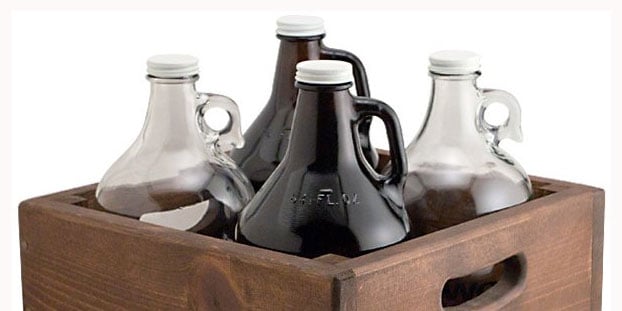
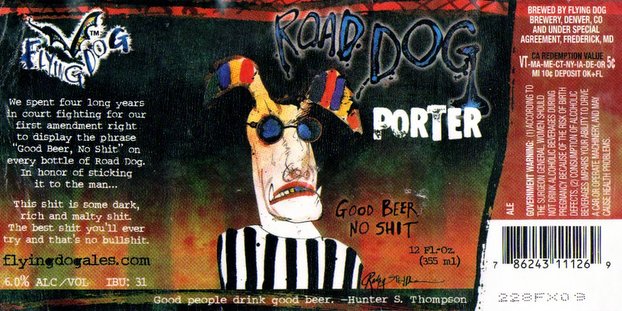

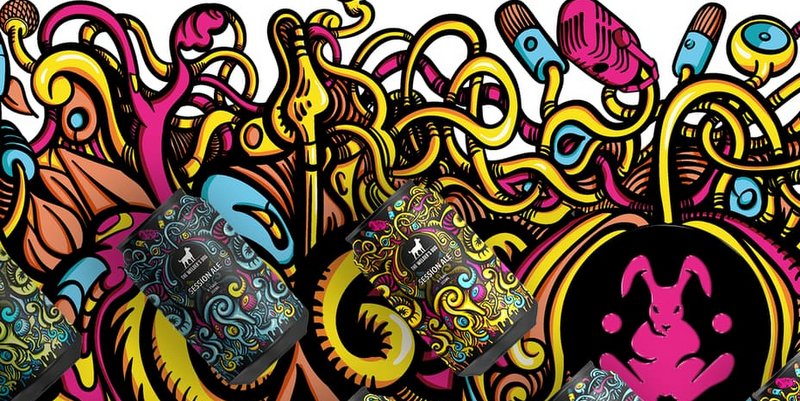
RT @CraftBrewingBiz: Craft beer label solutions: Pick the right process, paper for your brand #ICYMI: http://t.co/Y1mDggA86b